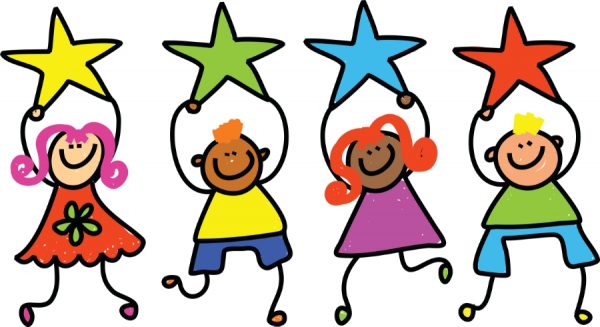Offering students rewards for positive performance or behavior is a way of applying behaviorist conditioning, which calls for supporting positive student behavior with actions that the student perceives as positive.
This type of reward system has been shown to be positively connected to higher student achievement. You can provide many types of rewards to your students, but they all fall into the categories of compliments, symbols, tokens and prizes.
Praise
Verbal praise is the most common form of rewards that teachers offer students. It consists of complimenting students when they behave in a way that is positive. This behavior could be the demonstration of a trait such as resourcefulness, compassion, courage or general intelligence. Praise can also be used to congratulate academic, athletic or community-related achievements. When offering praise, make sure to provide it promptly, so the emotional impact of the action is still present. Furthermore, be specific with praise. Let the student know exactly why what he did was admirable, and that your words aren’t empty and automatic.
Symbolic Rewards
Symbolic rewards are rewards in the form of objects that represent outstanding performance of character or achievement. Perhaps the most common form of symbolic reward is the gold star. Others could be the inclusion of the student’s name or photograph on a bulletin board or poster. Symbolic rewards works similarly to praise in that they are public demonstrations of favor toward a student. The gold star or photograph on the bulletin board proclaims that the student has done something admirable. Symbolic rewards, unlike praise, have the ability to last longer than a single spoken statement, and can serve as reminders for students to retain their good standing.
Token Rewards
Tokens are physical rewards that represent value, or a form of currency that can be converted for a prize. Chips and point tallies are common tokens, and can either be held in trust by you, or by the students themselves. Redeemable prizes can be whatever you choose that you find ethical and reasonable, and you should have a stringent system in place for the allocation of points, and for the redemption of prizes. For example, prizes could be priced according to their worth to the students: a free homework pass could be worth 5 chips, whereas unlimited water fountain privileges for a month could cost 15 chips.
Tangible and Activity Rewards
Tangible rewards and activity rewards are awards you furnish directly to the student, without the step of symbols or tokens in between. A tangible reward is a prize for positive behavior or achievement, and includes items such as toys, school supplies or other physical objects. Activity rewards are intangible prizes, such as getting to be line leader or being the teacher’s helper, being a team captain during activities or having some other entitlement that singles that student out from the others.

